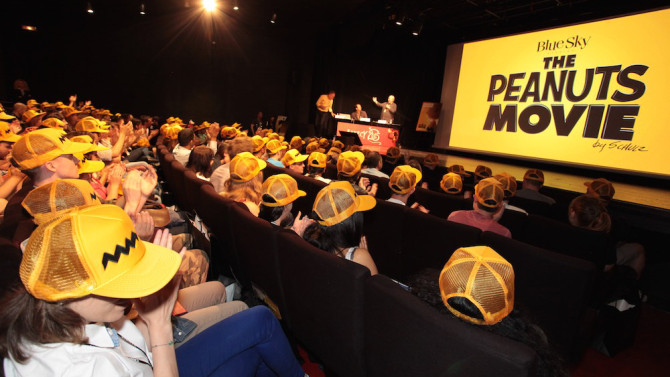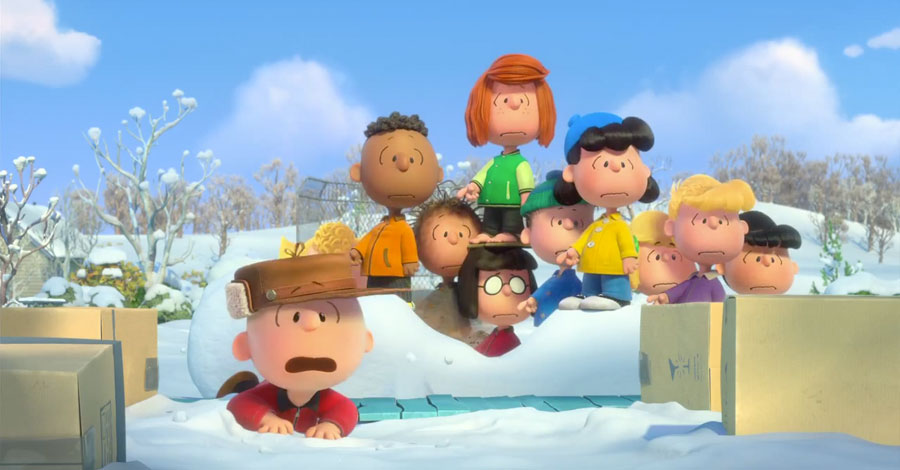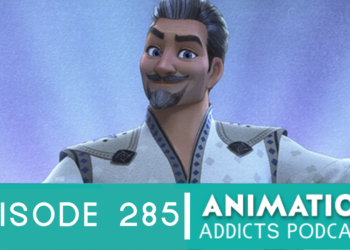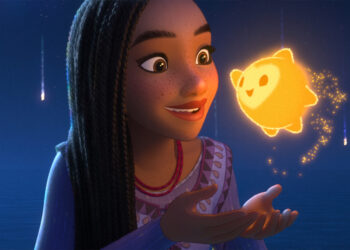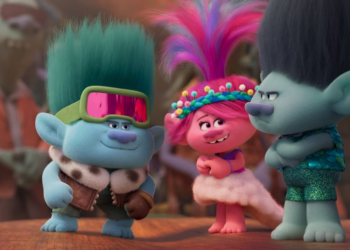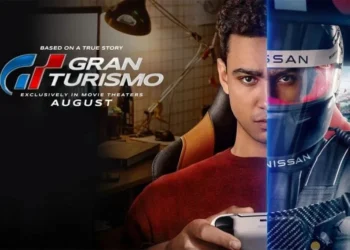Blue Sky Studios was among one of several animation companies to drop a trailer for its upcoming films last week. In Blue Sky’s case, its trailer was for the upcoming film adaptation of the Peanuts franchise.
That same day, director Steve Martino and art director Nash Dunnigan were on stage at this year’s Annecy Animated Film Festival to present an in-depth look at the thought process behind creating the unique style and look for the film while keeping true to the visual vocabulary and iconography of Charles M. Shultz’s original strips.
Martino, who was chosen to direct the film based on his successful adaptation of Dr. Seuss’ Horton Hears a Who, told the audience that the task of bringing Shultz’s signature style to the big screen was far more complicated than fans might think: “It’s the complexity of getting something to the screen that looks so simple,” said Martino. To this end, the crew had to develop an in-house animation technique that would preserve Shultz’s hand-drawn “soft wiggle” pen line while bringing the characters into a full-color, CG-animated environment. “I want to find that pen line in everything we do,” Martino told the team.
That task got even harder when the artists and animators found out (through a thorough examination of the comic strips) that Shultz only drew his large ensemble of characters in six different ways: profile left and right, facing not-quite-forward (turned a quarter left or right), looking “extreme up” (nose on top) or “extreme down” (nose all the way down). In particular, they found that Charlie’s features changed every time he moved his head.
So to accurately translate Shultz’s style, they had to do away with certain aspects that are typical with any other CG-animated production. For example, instead of building a singular model for Charlie Brown and other characters, they had to build separate models for each of their poses and cycle through them, bypassing the “smoothing stage” of the process. Also, instead of the commonplace ‘motion blur’ effect, the team used what they call “multiples,” where the feeling of movement would be conveyed by duplicating certain elements in a single frame.
This unorthodox style of animating also applied to the camera. Some of the more stereoscopic aspects of CG had to be reined in. Perspective was used for the backgrounds, but was still limited with the characters. Martino gives us Charlie Brown’s distinctively round head as an example: “It’s got dimensionality, but you can’t have his face become this big basketball reaching out into the audience,” He explained. “So we embraced old techniques from 2D animation.”
It certainly helped that the filmmakers took advantage of 50+ years of material drawn by Shultz (more than 18,000 comic strips in its overall run), not only as a blue print and direct reference for any visual question, but also as a way of populating the world of the film with characters who have never been seen in any other Peanuts media. For example, we have a French poodle named Fifi, who is only mentioned in Shultz’s strips but never seen. She was designed by combining traits from other animals that Shultz had drawn.
Like with any long-lived comic strip, the character designs tend to go through noticeable changes in design and appearance over the years. In order to capture a definitive look of the characters, the filmmakers chose to focus on the “golden era” of the comic strip (during the ’80s and ’90s). “It was never a case where we had to imagine what something looked like,” Martino said. “If you go back to the comic strip, the answers were always there. You just had to do the work.”
But it wasn’t just the strips that they drew inspiration from. The memorable TV specials (with whom certain generations are only familiar with) also dictated how they would handle the vocal aspects of the film. The entire voice cast is made up of actual children (from 7 to 12) while the adult voices will come through as a muffled trombone (like the specials). Vintage recordings of Bill Melendez’s voice work are bring used for Snoopy’s voice.
While we won’t know how Peanuts fans (and the general public at large) will respond to the film until November rolls around, a sizable amount of comfort can be taken in the fact that the filmmakers aren’t skimping on their promise to deliver a film version of Peanuts that respects the history of the franchise while simultaneously presenting this world for a new generation.
The Peanuts Movie arrives in theaters on November 6, 2015.
What do you think? Any thoughts on what was presented in the article? Does this make you look forward to the The Peanuts Movie? Stay tuned for more news out of this year’s Annecy Animated Film Festival!
Edited by: Kelly Conley


